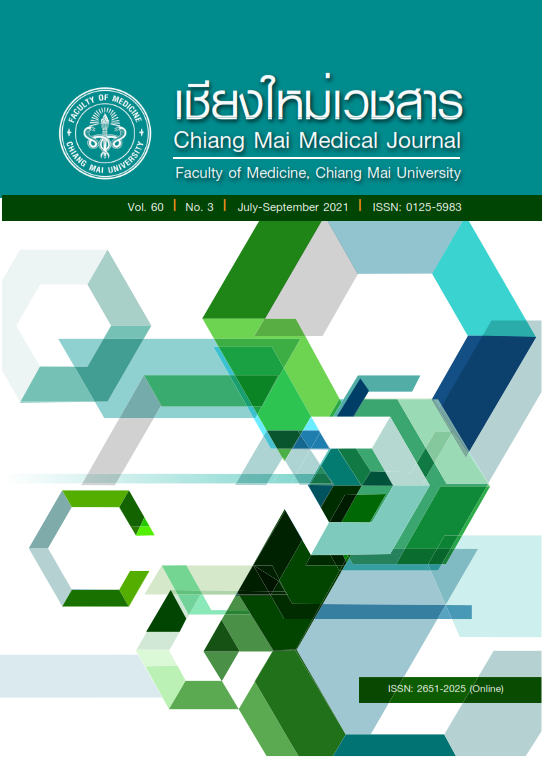Determining the minimum number of endotracheal intubation cases necessary to develop the skills of medical students
Keywords:
endotracheal intubation; learning curve; medical students; medical education researchAbstract
Objectives This study aimed to define the minimum number of cases necessary for 5th year medical students to develop endotracheal intubation skills during Anesthesiology Department training by means of the construction of a learning curve.
Methods In this longitudinal descriptive study, 5th year medical students performed endotracheal intubation (ETI) on live patients under the supervision of anesthesiologists. The number of intubation attempts and the results of those attempts were recorded. The generalized linear model (probit family) was used to construct the learning curve. The secondary outcome was determination of the overall confidence of the students in their ETI skill at the end of the session as measured using a 4-point Likert scale.
Results Data of seventy-four students was analyzed in this study. None of the students had had previous experience in ETI with a patient. The mean number of ETI attempts per student was 5.26 (SD 1.23, range 3-10). The probability of a successful ETI was 92.8% in the 3rd attempt and 100% in the 4th attempt. Self-reported levels of overall confidence in their ETI skills were as follows: 55 (74.3%) students would attempt ETI alone, 9 (12.2%) students were completely confident in their ability, 9 (12.2%) students would seek supervision, and 1 student (1.3%) was completely uncomfortable in doing the procedure.
Conclusions During their Anesthesiology Department rotation, medical students should be provided the opportunity to make at least 3 intubation attempts to achieve a 90% probability of a successful ETI. The specific course syllabus should be designed for each individual institution.
References
Medical Competency Assessment Criteria for National License 2012. The Medical Council 2020. Available from: https://www.tmc.or.th/
O’Flaherty D, Adams AP. Endotracheal intubation skills of medical students. J R Soc Med. 1992;85:603-4.
Wang HE, Seitz SR, Hostler D, Yealy DM. Defining the learning curve for paramedic student endotracheal intubation. Prehosp Emerg Care. 2005;9:156-62.
Wang HE, Yealy DM. How many attemps are required to accomplish out-of-hospital endotracheal intubation? Acad Emerg Med. 2006;13:372-7.
Association of American Medical College. Recommendation For Clinical Skills Curricula For Undergraduate Medical Education. Washington, DC; 2005.
Barnsley L, Lyon PM, Ralston SJ, Hibbert EJ, Cunmingham I, Gordon FC, et al. Clinical skills in junior medical officers: a comparison of self-reported confidence and observed competence. Med Ed. 2004;38:358-67.
Corbett EC, Whitcomb M. The AAMC Project on the Clinical Education of Medical Students: Clinical Skills Education. Washington, DC: Association of American Medical Colleges; 2004.
Brodkey AC, Sierles FS, Weiner CL. Clerkship directors’ perceptions of the effects of managed care on medical students’ education. Acad Med. 2002;77:112-20.
Remmen R, Scherpbier A, Van der Vleuten C, Denekens J, Derese A, Hermann I, et al. Effectiveness of basic clinical skills training programs: A crosssectional comparison of four medical schools. Med Educ. 2001;35:121-8.
Abdulmohsen H. Medicine and clinical skills laboratoried. J Family Community Med. 2007;14:59–63.
Howells TH, Emery FM, Twentyman JEC. Endotracheal intubation using a simulator.An evaluation of Laerdal adult intubation model in the teaching of endotracheal intubation. British Anaesthesia. 1973;45:400-2.
Akira N, Ron K, Vinay N. Does Simulation improve patient safety? :self-efficacy, competence, operational performance and patient safety. Anesth Clin. 2007;25:225-36.
Kneebone RL, Scott W, Darzi A, Horrocks M. Simulation and clinical practice: strengthening the relationship. Med Educ. 2004t;38:1095-102.
Tatiyanupunwong S. Optimum cases for predicting the success rate of endotracheal intubation in Thammasat University’s medical students. Thammasat Medical Journal. 2008;5:436-44.
Tarasi PG, Mangione MP, Singhal SS, Wang HE. Endotracheal intubation skill acquisition by medical students. Med Educ Online. 2011;16:1. doi: 10.3402/meo.v16i0.7309
Downloads
Published
How to Cite
Issue
Section
License

This work is licensed under a Creative Commons Attribution-NonCommercial-NoDerivatives 4.0 International License.










